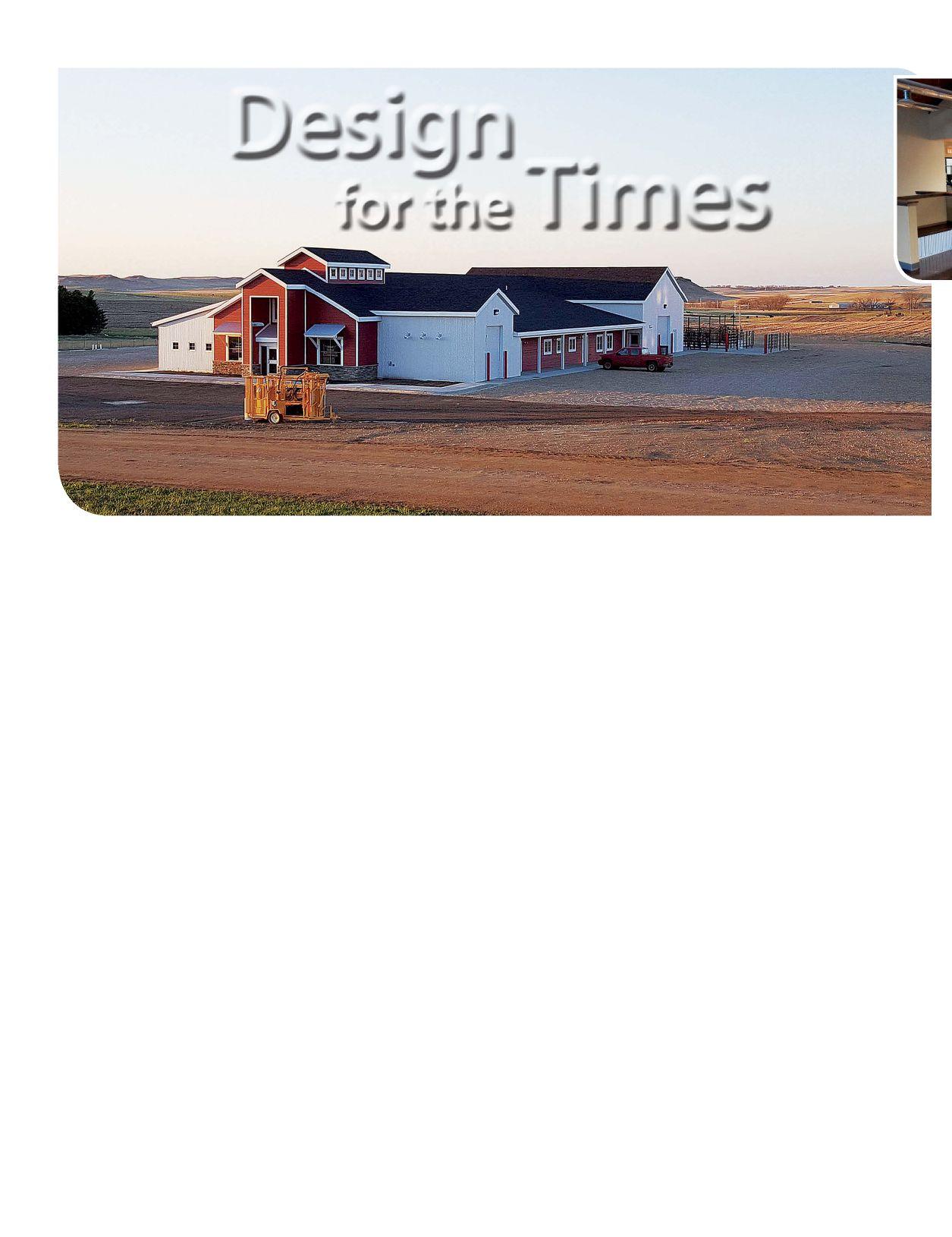
3 minute read
Design for the Times
West River Vet Clinic in Hettinger, N.D., features two design elements its architect touts as a perfect combination for energy efficiency and ease of construction
BY LISA GIBSON
The ability to implement new systems of construction are only possible when the three entities of a development project are open to learning and exploring, says Dan Nostdahl, architect with Nostdahl-Liptack Architects of Phoenix, Ariz. “Those entities are the forward thinking of the architect design team, the client who wishes to have an efficient building and a contractor who is eager to try new means of construction and become proficient at them.”
A North Dakota native, Nostdahl has worked on many projects in the state, including the West River Veterinary Clinic in Hettinger. The roughly 14,000-square-foot project includes two structures, plus outdoor pens, and exemplifies his idea of parties open to new possibilities and ways of doing things. The West River Vet Clinic opened April 21 and features geothermal heating and cooling, an energy-efficient and renewable system that has become more popular in Nostdahl’s projects, he says. In addition, the clinic’s facilities were constructed using structural insulated panels (SIPs), which are essentially panels of plywood with foam insulation between them, measured and precut to fit the specifications of the project. “These panels are very strong structurally and very efficient insulation-wise,” Nostdahl says.
Nostdahl is an advocate of both technologies and, when used together, they are incredibly energy- and cost-efficient. “Geothermal and SIPS have been around for many years,” he says. “They are just slow to become the norm as they are different from what has been done for decades and new things cost more until they become mainstream. This makes change difficult.”
State-of-the-Art Structures
A geothermal system uses vertical wells dug about 200 or 300 feet into the ground, Nostdahl explains. The temperature is relatively constant at that depth, he says, so it’s a reliable source to pull heat in the winter or cooler air in the summer. “Geothermal is an efficient means of heat transfer to and from a building through the use of consistent Earth ground temperatures,” he says. “This means of heat transfer is the more efficient means of heating and cooling a building versus the common use of air-to-air heat transfer.”
Geothermal systems also cut down maintenance needs, as the wells are below ground and not exposed to the elements, as traditional heating systems are. And piping and other interior infrastructure is largely the same as that for traditional heating and cooling. Installation costs, however, are generally higher.
Like Nostdahl-Liptack, Grand Forks, N.D.-based JLG Architects has been at the forefront of the geothermal trend, and Tom Behm, JLG’s director of Construction Services, says the company experienced a rush of installation that has begun to level off. “If a project can afford the upfront cost of geothermal heating, and it is a desirable building type that can really capture the benefits and payback, then it’s a win-win, and most owners wouldn’t hesitate to use it.”
Because the geothermal technology is green, government grants are available for its installation and use. West River Vet Clinic was able to take advantage of a grant to help with the roughly $3 million cost of the completely new clinic, says Business Manager Brant Hebert.
Hebert says SIPs made the construction simple and quick, as they were essentially lifted and secured in place. “It’s advantageous if you have a contractor who knows SIPs construction,” Nostdahl says. The shell structure is insulated as soon as the panels are assembled and once windows are installed, the building can be efficiently heated through the winter construction process. The SIPs cost more than traditional building materials originally, but require far less labor to erect, says Dr. Ethan Andress, veterinarian and co-owner of the clinic. “The insulation value is amazing,” he says.
The new facility includes a small animal vet clinic — which also features exam rooms, retail space, kennels and grooming — a large animal and equine barn, and outdoor pens and a working area for large animal stock. While the clinic is operating, work is ongoing and Hebert hopes it will be complete by the end of June.
Into the New
West River Vet Clinic employs five full-time veterinarians, all of whom were working at the previous location built in 1969 and equipped to handle a maximum of two doctors, Hebert says. “We only had two exam rooms and those exam rooms doubled as surgery rooms so when you got up to five, everyone was kind of on top of each other.” The new facility also allows for a roomy retail space so products that once were only accommodated in small storage spaces can be displayed for customers. “Now you can actually see what we have for sale,” Andress says.
The new clinic was desperately needed and Hebert says it sets itself apart from other area veterinary clinics in its doctors’ willingness to travel to see patients. “We’ll drive the distance needed to get there,” he says, adding some veterinarians limit their client area to a certain radius. Andress says the new facilities allow the veterinarians space tailored for specific procedures, ease in cleanup after procedures and better flow of traffic within the clinic.
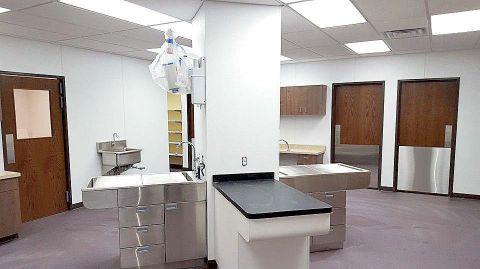
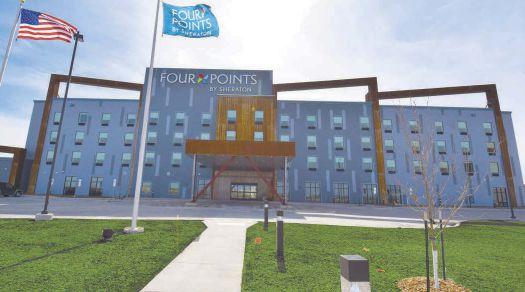
Not only has construction and design continued to evolve to make way for technologies like geothermal heat and SIPs, but Andress says veterinary medicine also has advanced over the years and the new West River Veterinary Clinic accommodates that evolution, too. PB
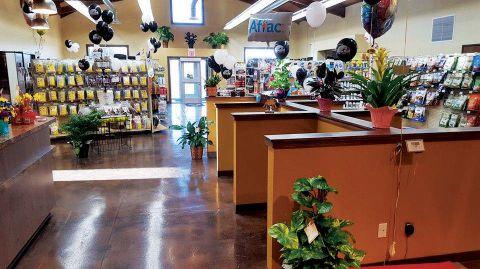
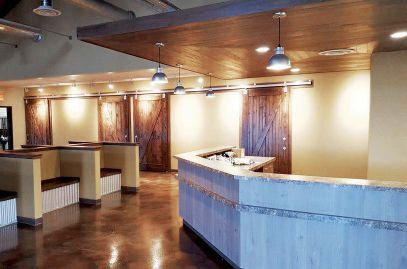
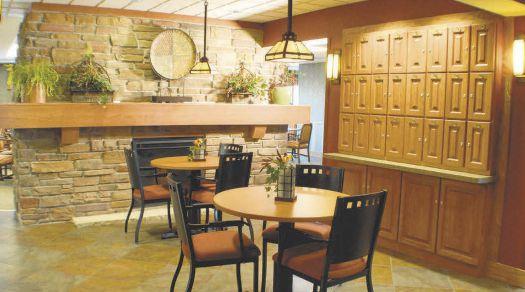
Lisa Gibson Editor, Prairie Business 701.787.6753 lgibson@prairiebusinessmagazine.com










